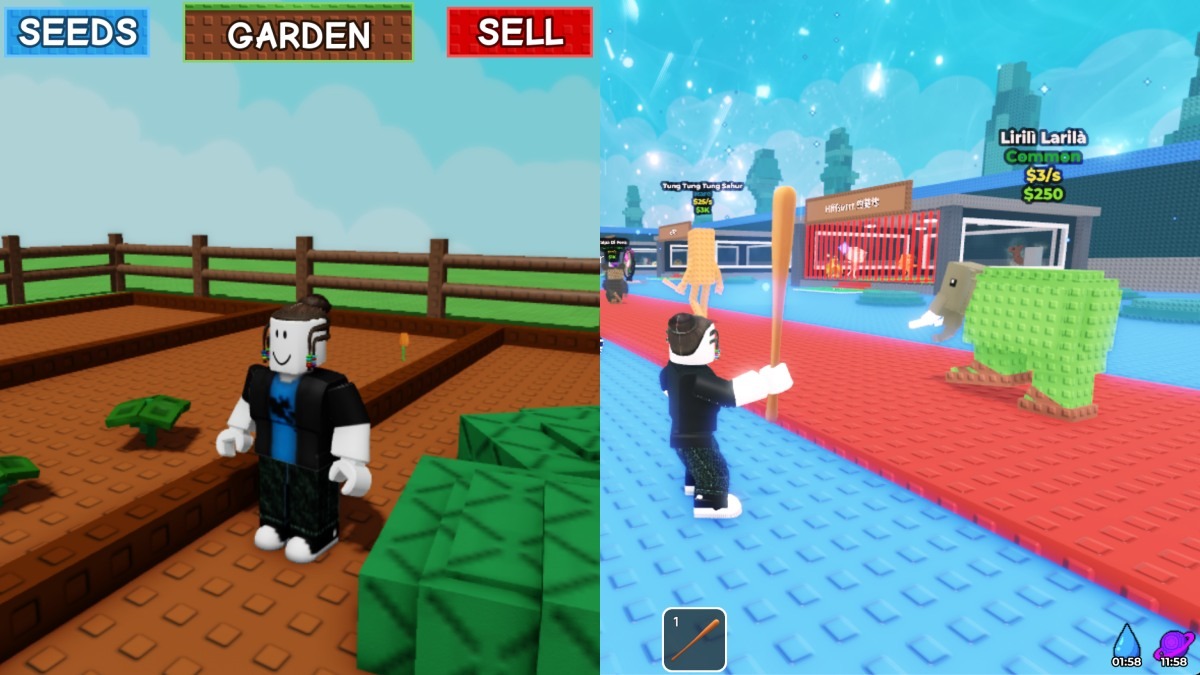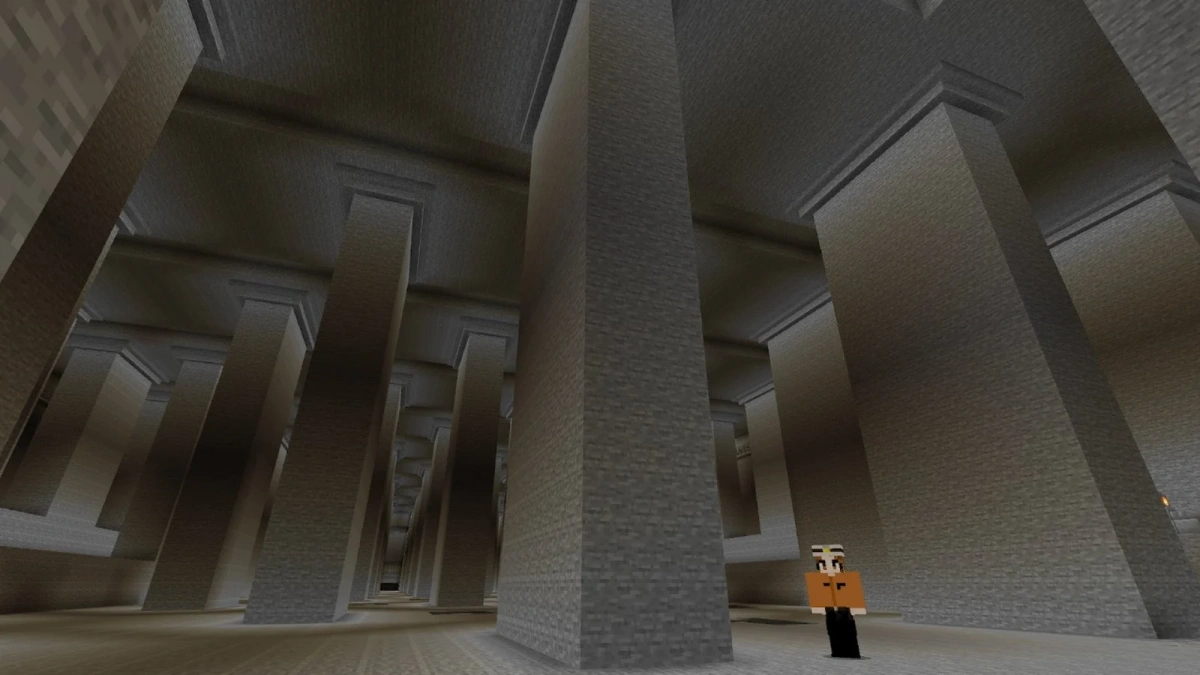Life on Mars is one step closer to ‘virtual’ reality as nine winners have been announced at Autodesk University Las Vegas 2017, for the first phase of HP Mars Home Planet – a global project pairing co-creation on the Launch Forth platform with virtual reality (VR) to simulate a utopian civilization of one million people on Mars.
From buildings, vehicles, farms and clothing, this co-creation project of professional architects, engineers, designers and artists from around the world explores how one million humans could thrive on the Red Planet given its climate and atmospheric challenges.
HP Mars Home Planet runs on Launch Forth, a product design platform powered by a robust co-creation community of 120,000 designers, engineers and solvers. This community-powered platform allows people everywhere to collaborate on ideas, solve problems and create solutions for challenges, both big and small, using open innovation to accelerate the product development process.
HP Mars Home Planet launched as a three-phase, yearlong project in August when HP Inc., NVIDIA® and Launch Forth teamed up with Autodesk, Epic Unreal Engine, Fusion, HTC Vive, Microsoft and Technicolor.
In the first phase of Mars Home Planet, participants submitted conceptual designs for the buildings, vehicles, smart cities, and transportation systems that will support one million humans in an area of Mars called ‘Mars Valley’. The challenge was so popular, it broke Launch Forth’s record of 34,000 participants and close to 500 entries in around two months.
The winners, who, will be awarded $38,080 in total prizes, were determined by public voting and an illustrious panel of judges, including:
- Dr. Robert Zubrin, President of Mars Society
- Daniel Libeskind, Architect
- Dr. Sanjay Vijendran, Mars Mission, European Space Agency
- Andrew Anagnost, CEO of Autodesk
- Chris deFaria, President of DreamWorks Animation Group
- Ryan Church, Concept Artist and former Star Wars Art Director
- Android Jones, Conceptual Artist
- Stacy Wolf, VP of Industrial Design, HP
- Jay Rogers, CEO of Local Motors
The winners are:
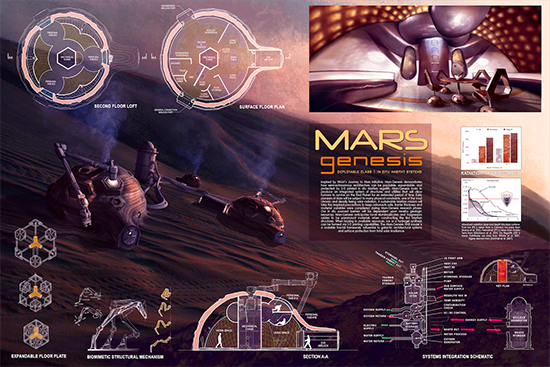
Infrastructure 1: Kenny Levick (United States), Mars-Genesis & Mawrth-Integra: Interplanetary Design
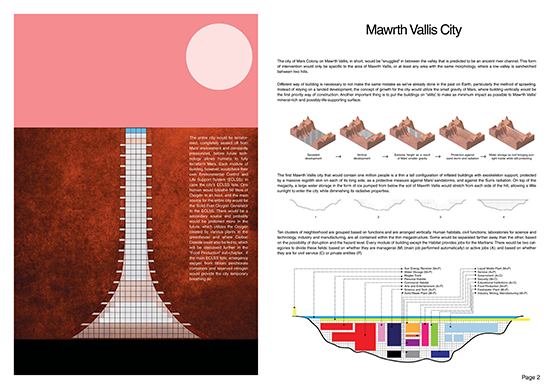
Infrastructure 2: Kadek Wicaksana (Indonesia), Mars Colony 1.0
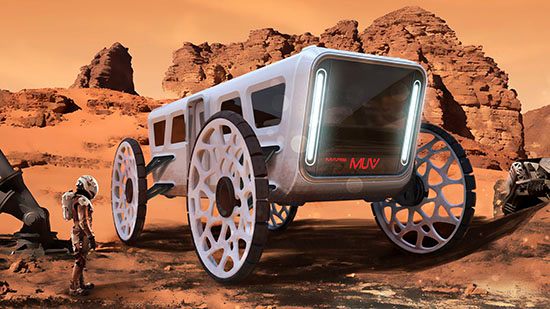
Transportation 1: Xabier Albizu (Spain), MARS M. U. V (Multi Utility Vehicle)
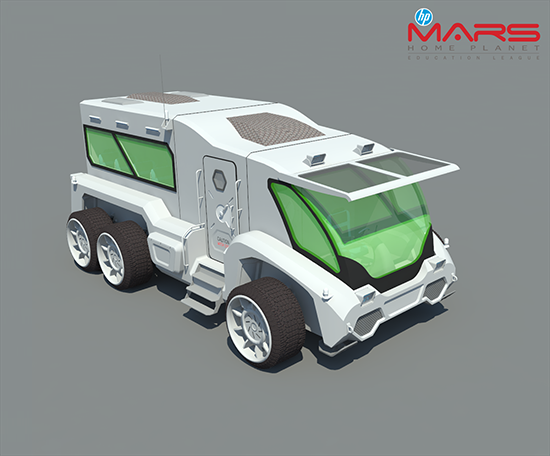
Transportation 2: Justin Carlo Punay (Philippines), Mars General Utility Vehicle
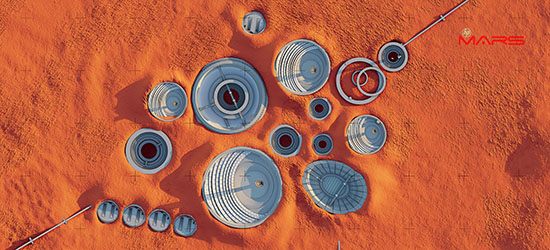
Innovation of Architecture: Jesús Velazco (Venezuela), Solar Powered Colony
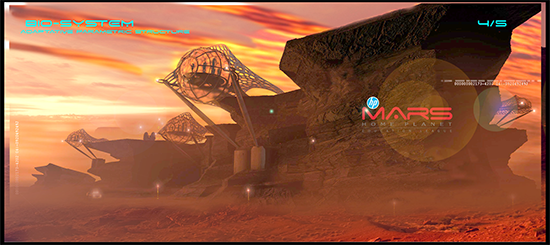
Innovation in Design: Jorge Moreno Fierro (Columbia), Bio System
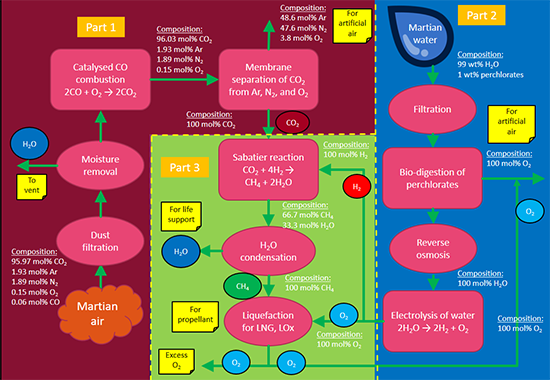
Innovation in Engineering: Yih Foo Looi (Malaysia), Living Environments from Hostile Wastes
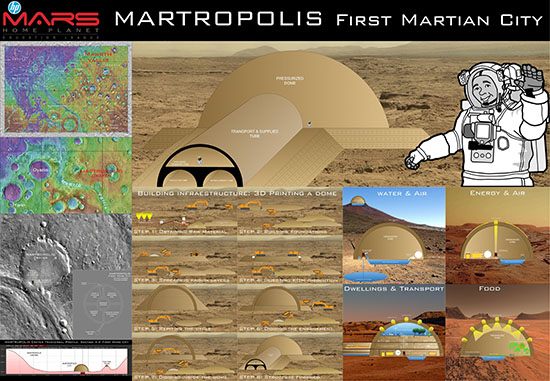
Innovation in Engineering– Special Acknowledgement: Jose Daniel Garcia Espinel (Spain), Metropolis First City on Mars
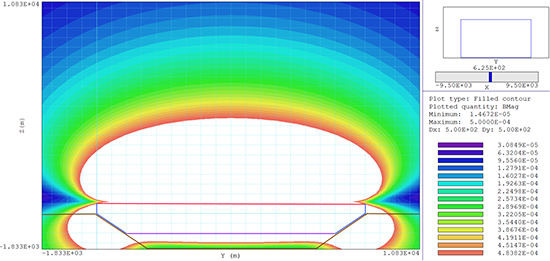
Innovation in Science: Lake Matthew Team (United States), Artificial Geomagnetic Field to Protect a Crewed Mars Facility from Cosmic Rays
Phase two of HP Mars Home Planet, the 3D Modeling Competition, opens for submissions today. Participants are being asked to use Autodesk software to create 3D models of buildings, city infrastructure, vehicles, sports stadiums, city parks, schools, furniture, and anything else that might be found in a utopian Martian human civilization of one million humans. Participants will be inspired by the phase one conceptual design winners, but they are free to use their imagination and create whatever they desire. Submissions close February 25, 2018.
With creative and technical leadership from Technicolor, co-creators will bring the winning 3D models into the Unreal Engine to create a VR simulation of what life on Mars could be like for one million people. The environment will build on Mars Valley terrain from Fusion’s “Mars 2030” game, which is based on NASA Mars research and high resolution photography.
The entire project looks to a time in the future where there are families and communities living a utopian lifestyle on Mars. The goal of the project is to engage creative thinkers to solve some of the challenges of urbanization on the Red Planet. Ultimately, through the VR experience, people here on Earth will be able to experience what life on Mars might be like.
For more information about the winning concepts, and to join the 3D Modeling Challenge visit http://launchforth.io/hpmars.









